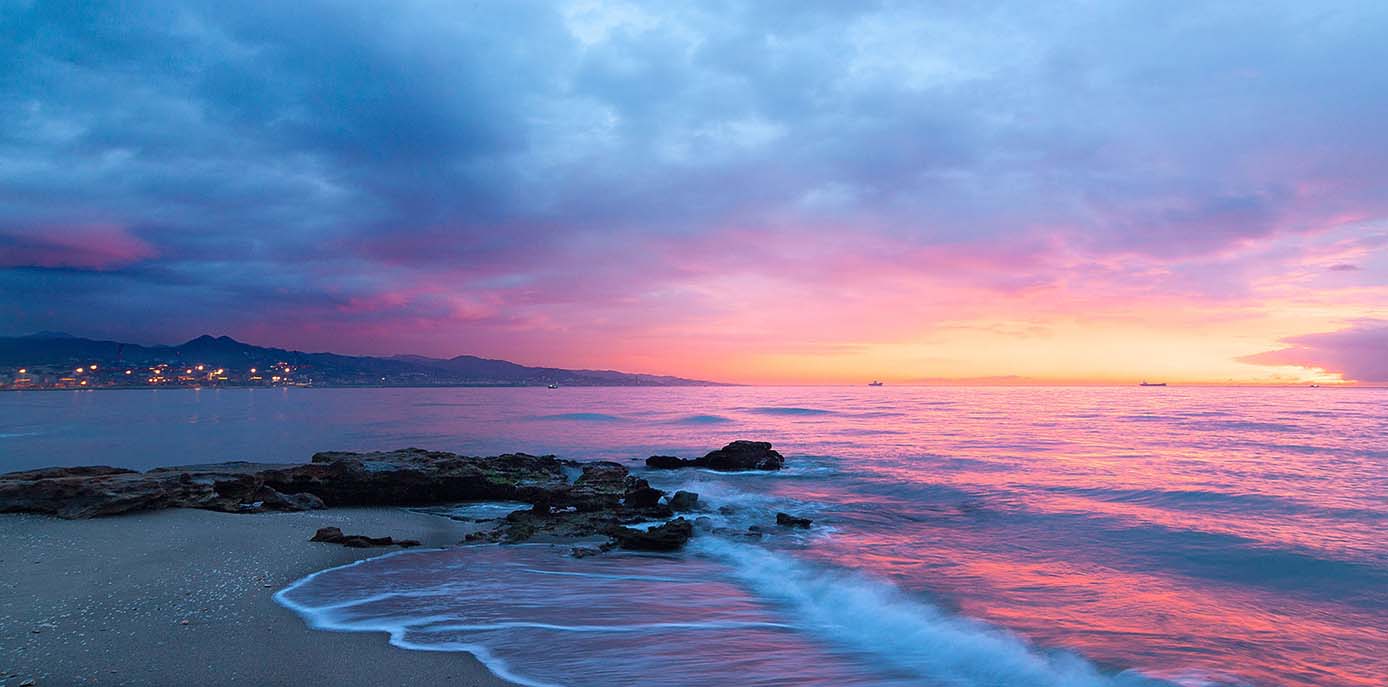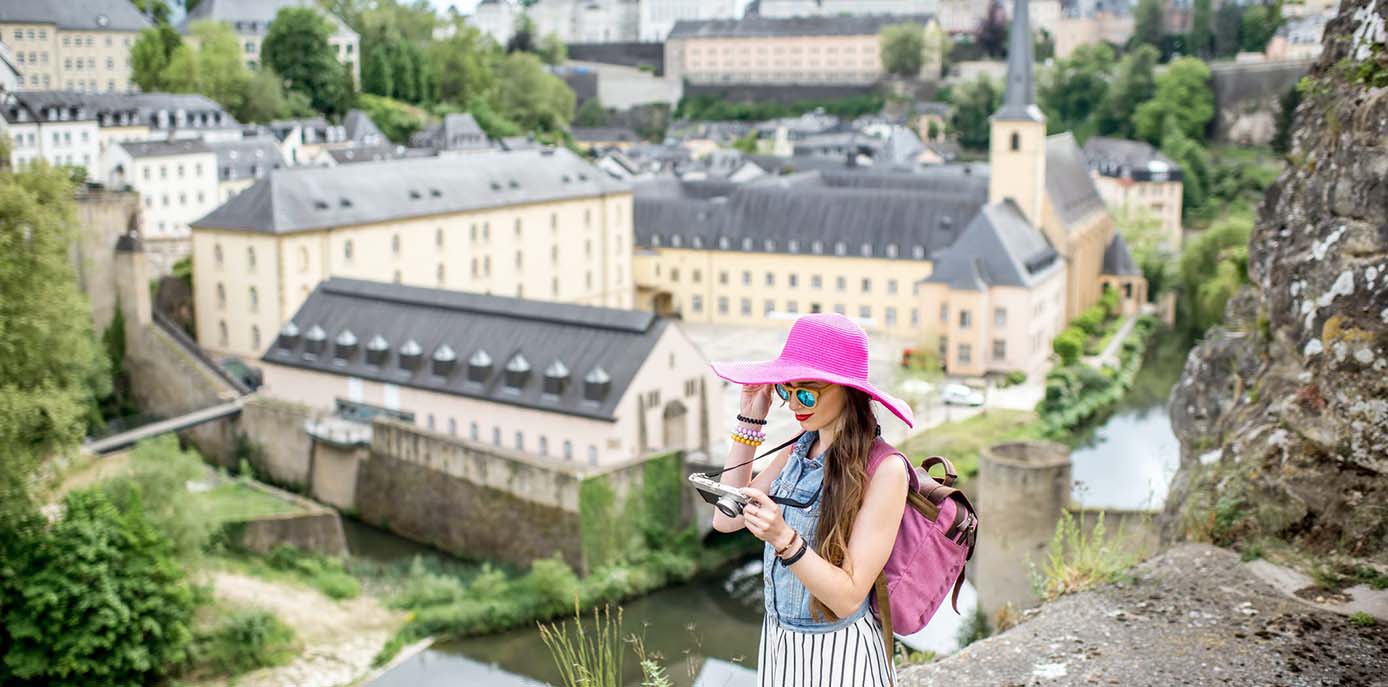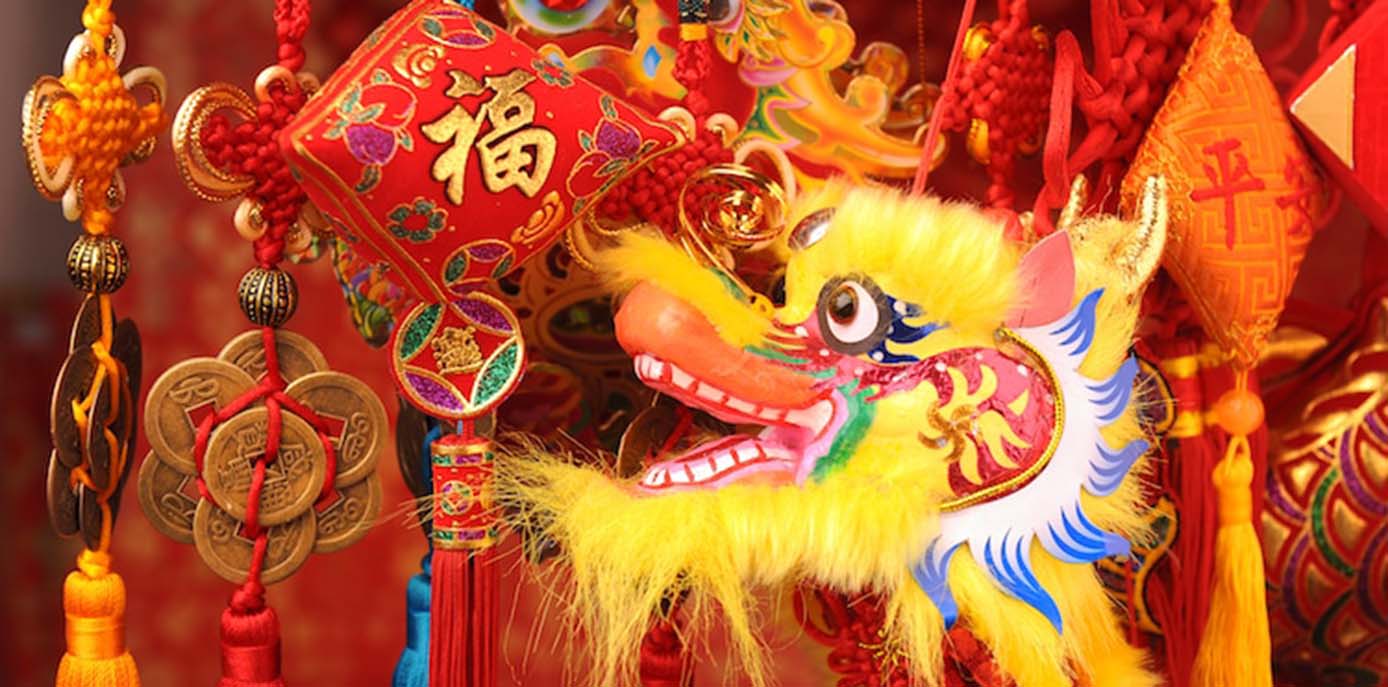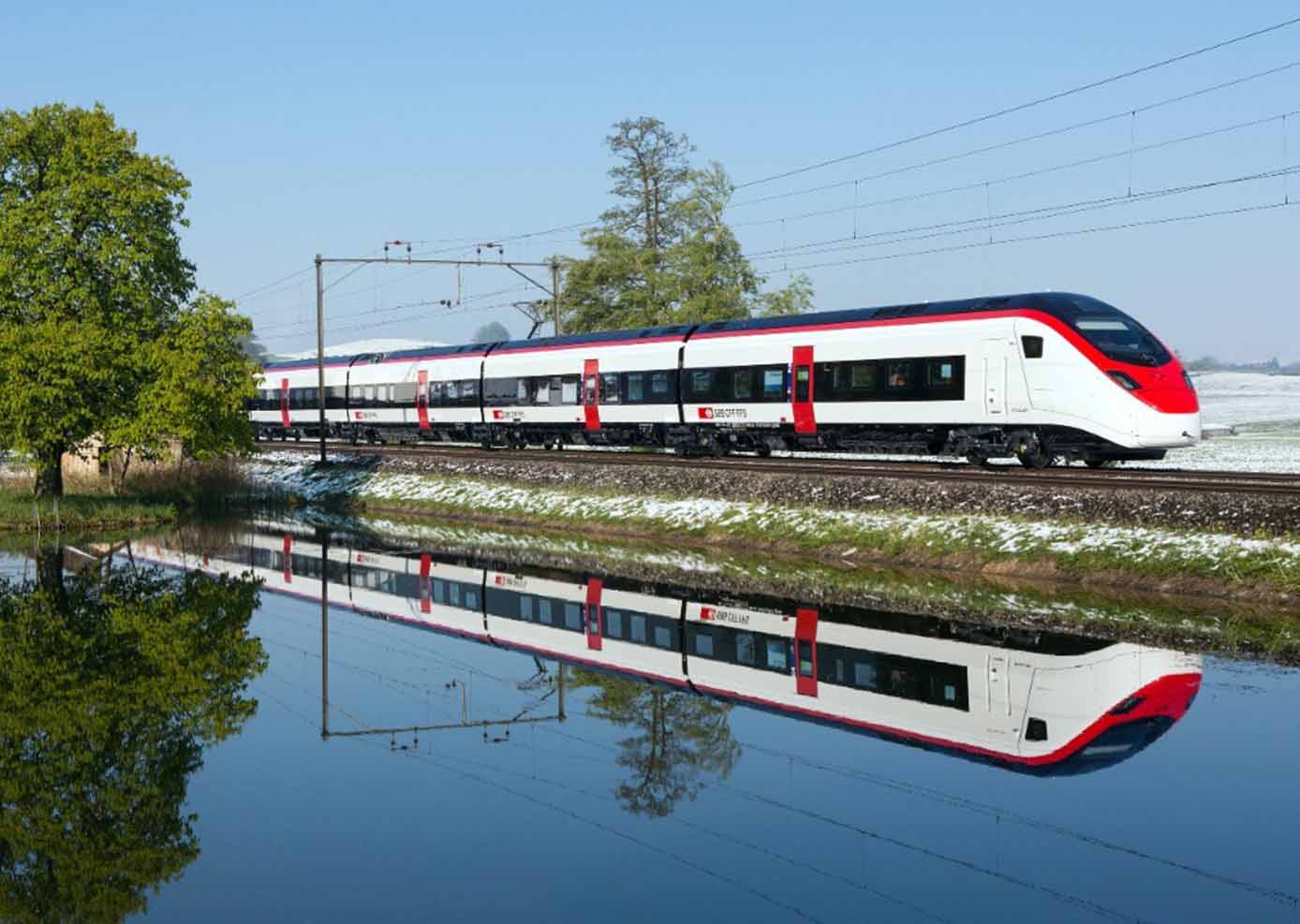Perth boasts a rich and fascinating history that stretches back thousands of years. From its indigenous roots to its status as a modern metropolis, Perth has undergone significant changes over the centuries.
Long before European settlement, the Perth region was inhabited by the Whadjuk Noongar people, who had a deep connection to the land. They led a semi-nomadic lifestyle, relying on hunting, gathering, and fishing. The cultural heritage and traditions of the Whadjuk Noongar still play an important role in Perth’s identity.
The European history of Perth began in 1829 when Captain James Stirling established a settlement on the banks of the Swan River. The settlement was named “Perth” after the Scottish city of the same name. Initially, the colony faced numerous challenges, including a lack of fresh water and fertile land. Over time, however, the region’s potential for agriculture and trade became apparent.
A major turning point in Perth’s history was the gold rush in the late 19th century. The discovery of gold in the nearby town of Coolgardie in 1892 led to a massive influx of immigrants and rapid growth and development of Perth. The newfound wealth from the gold rush spurred large infrastructural projects, such as the construction of significant buildings, parks, and railways that still adorn the city today.
Like many other cities worldwide, Perth was deeply affected by the two world wars. During World War II, the city served as a base for Australian and Allied forces in the Pacific. After the war, Perth experienced an influx of migrants, particularly from Europe, who sought a fresh start and contributed to the city’s cultural diversity and economic growth.
In recent decades, Perth has transformed into a thriving cosmopolitan city. Its skyline features modern architectural marvels like the iconic Bell Tower and the waterfront development of Elizabeth Quay. With its beautiful beaches, picturesque parks, and nearby Swan Valley wine region, Perth continues to attract visitors from around the world.
How to Get from Perth Airport to the City Center or Fremantle
If you’re planning to travel to Perth by plane, you can take the Airport Shuttle from the airport to the city center. The cost is AUD 24 for a one-way trip (25 minutes travel time), and no reservation is needed. The shuttle also goes to Fremantle (45 minutes travel time) for AUD 45.
A cheaper option is to take the public bus to the city center, which takes about 40 minutes and costs only AUD 4.90. The buses that go in that direction are 380, 40, and 935. For Fremantle, the fare is the same, but the journey takes 1.5 hours.
If you prefer to travel by taxi, a one-way trip to Perth city center costs around AUD 45. To Fremantle, it costs between AUD 55 and 70. Generally, taxis in Perth are quite expensive, so it’s best to avoid them when possible.
The Best Time to Visit Perth
Perth has a Mediterranean climate, meaning it is warm and sunny for most of the year. Here is a brief overview of the weather during different seasons in Perth:
- Summer (December to February): Very hot, often exceeding 35°C. Great for beach visits, but too hot for the city.
- Autumn (March to May): Similar temperatures to summer, but cooler nights. Can be somewhat humid.
- Spring (September to November): The best season to visit Perth, with temperatures ranging from 20°C to 25°C.
- Winter (June to August): Possible, but it is the rainy season. Suitable for indoor activities, with daytime temperatures around 21°C.
Transport in Perth
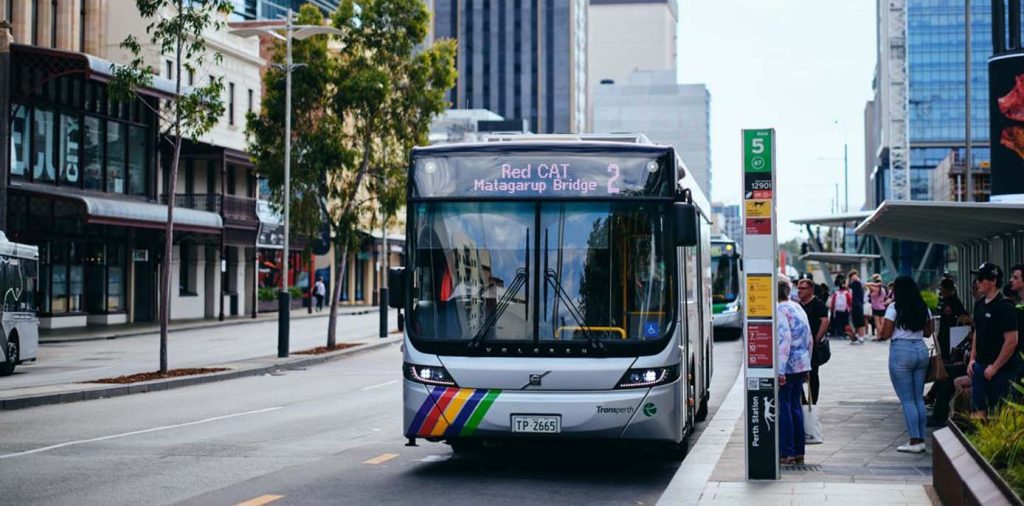
In the city center, you can use Transperth, the city’s public transportation system. Purchasing a SmartRider card gives you access to trains and buses. The cheapest version costs AUD 10, which you can top up for travel. You can also buy a day pass (Day Rider) for AUD 10 or pay per trip with cash. More information is available on their website.
Perth also offers a free bus service within the city, known as CAT buses, each operating in its own color zone. ‘CAT’ stands for ‘Central Area Transit’ and is part of Transperth.
If you want to use the bus to travel to surrounding areas, note that some routes end by 7:30 PM. Only a few routes operate on Sunday evenings and nights. To travel south to places like Fremantle, you should board at the Elizabeth Quay Bus Station.
The main train station, Perth Station, is located next to the bus station on Wellington Street, ideal for travel within and outside the city. Elizabeth Quay Station is also frequently used. You can use your SmartRider card for train travel as well.
Eating and Drinking
For delicious Asian street food, I recommend Old Lane Street Eats in Chinatown, Northbridge. This eatery is very popular, but if it’s full, there are plenty of other Asian food options nearby.
For great vegan food, Veggie Mama is a must-visit, located within walking distance of Hyde Park. For tasty vegetarian dishes, try Govinda’s Hare Krishna Restaurant in Northbridge.
If you’re particular about coffee, Northbridge has two top spots for you: Braddock’s Dispensary and Giant Coffee. Giant Coffee also serves delicious bagels. Additionally, Best Wishes Coffee in Fremantle is worth a visit.
For a healthy and nutritious breakfast, like oatmeal with nuts and seeds or an intense smoothie bowl, head to Little Willy’s, Flora & Fauna, and Eillo in Northbridge.
Attractions in Perth
Kings Park and Botanic Garden
Located on a hill just west of Perth’s modern commercial center, Kings Park spans 400 hectares and offers beautiful views and unique indigenous flora, from colorful wildflowers to majestic eucalyptus forests. The park has deep cultural and historical significance, with several memorials and monuments honoring war and conflict victims. It remains an important cultural site for Western Australia’s indigenous people.
Kings Park offers a range of recreational activities, from scenic walking trails and expansive lawns to picnic spots and cozy terraces. Regular events include open-air concerts, art exhibitions, and educational activities. When we visited, it was pleasantly quiet, with only a few couples and small groups around.
Botanic Garden
Located within Kings Park, the Perth Botanic Garden houses over 3,000 species of Western Australian flora. In total, more than half of Australia’s 25,000 plant species can be found here, with over 60% unique to the region. The garden plays a crucial role in research and conservation, with a dedicated directorate specializing in preserving and restoring native species and ecosystems.
For us, the botanic garden is a wonderful place to walk through, featuring unique plant species (including baobabs) and a serene, beautiful environment. The garden is open to the public 24/7 with free admission. More information is available on the Botanic Gardens and Parks Authority website.
Elizabeth Quay
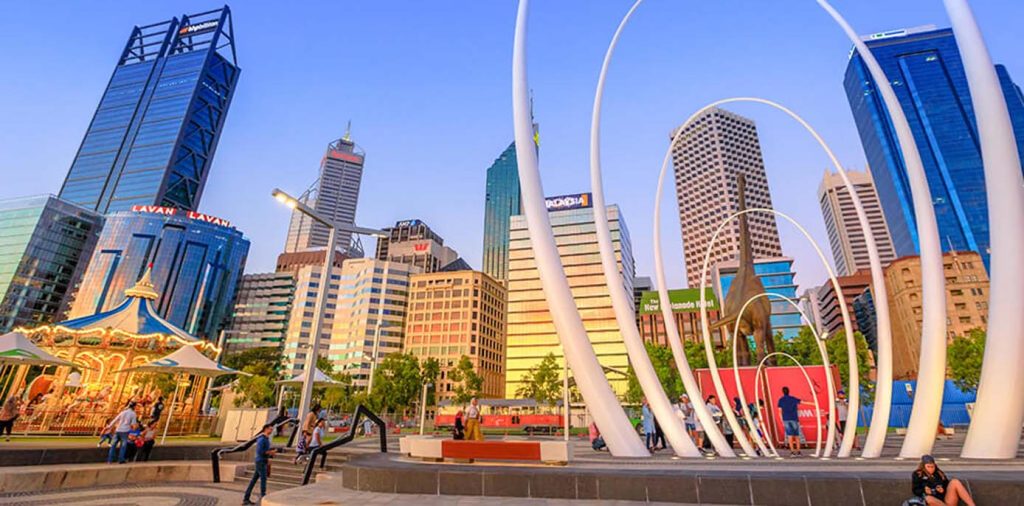
Elizabeth Quay is a delightful spot on the banks of the Swan River, right in Perth’s commercial heart. This major urban renewal project from 2015 offers an idyllic waterfront mix of entertainment, restaurants, cafes, terraces, architectural highlights, and public art. A picturesque promenade runs along the river, perfect for strolling, with views of the city’s impressive skyline and the opposite riverbank.
Elizabeth Quay hosts various events and activities throughout the year, from live music performances and art installations to family-friendly festivals. When we visited, there was a light festival themed around Christmas. You can also take river cruises, rent kayaks, or simply enjoy the lively atmosphere of this dynamic waterfront location.
The Bell Tower in Elizabeth Quay
One of Elizabeth Quay’s architectural highlights is the Bell Tower, also known as the Swan Bells Tower. This iconic building features a distinctive copper and glass design and houses a collection of 18 historic bells, including twelve from St Martin-in-the-Fields, dating back to the 14th century. These bells were gifted to Western Australia as part of Australia’s bicentenary celebrations in 1988. Visitors can learn about the bells’ rich history and cultural significance, their origins, musical resonance, and their role in Western Australia’s cultural heritage. The Bell Tower also offers stunning views of the city and the Swan River.
The Famous Sunset Coast near Perth
If you love beautiful white sandy beaches, be sure to visit the famous Sunset Coast. This idyllic coastline, just west of Perth, is named for its stunning sunsets. The 40-kilometer stretch extends from Cottesloe in Perth to the more northerly Two Rocks.
The Sunset Coast is known for its pristine beaches, each with its own character and appeal. From the iconic Cottesloe Beach, with its vibrant atmosphere and stunning sunsets, to the secluded shores of Trigg Beach, popular with surfers and sunbathers. This part of the Indian Ocean offers plenty of activities, such as snorkeling and diving in crystal-clear waters. The area is also perfect for scenic walks and bike rides. And if you’re looking for food and drinks, the coast is dotted with cafes, beach bars, and often excellent restaurants.
Tip: If you have access to a (rental) car, be sure to visit Hillary’s Boat Harbour. Besides a lovely beach, it offers spas, numerous dining options, and the interesting Aquarium of Western Australia.
